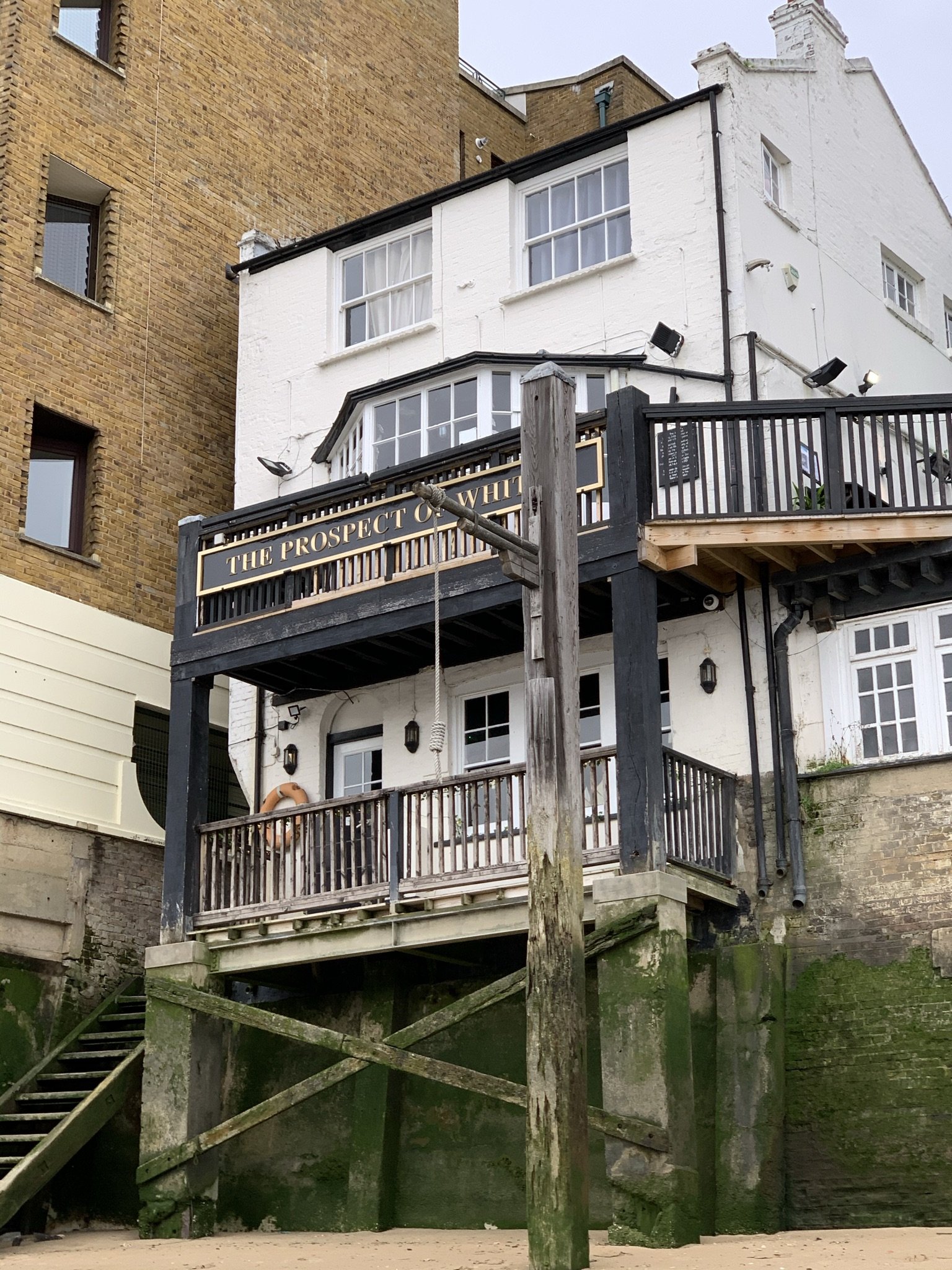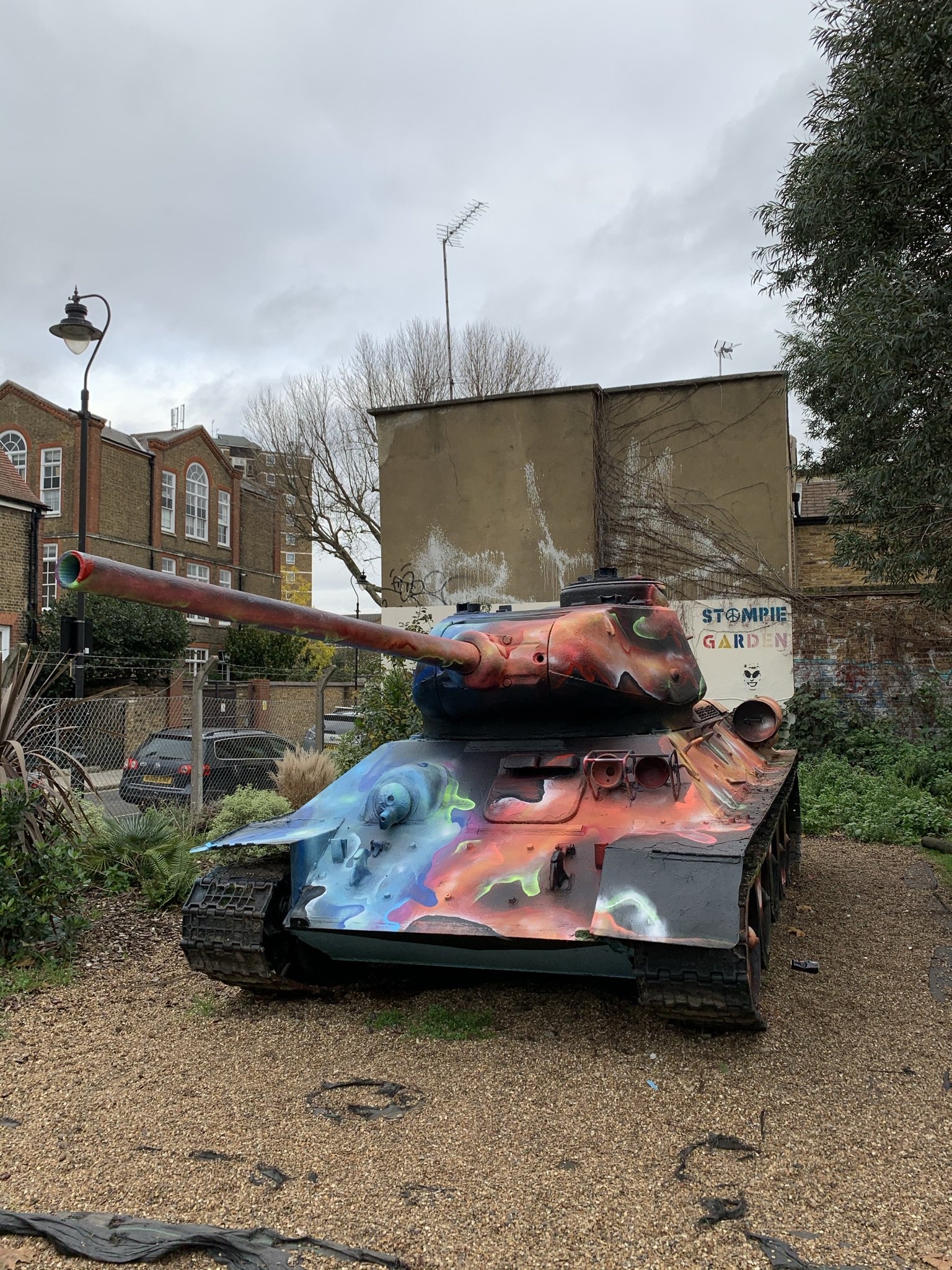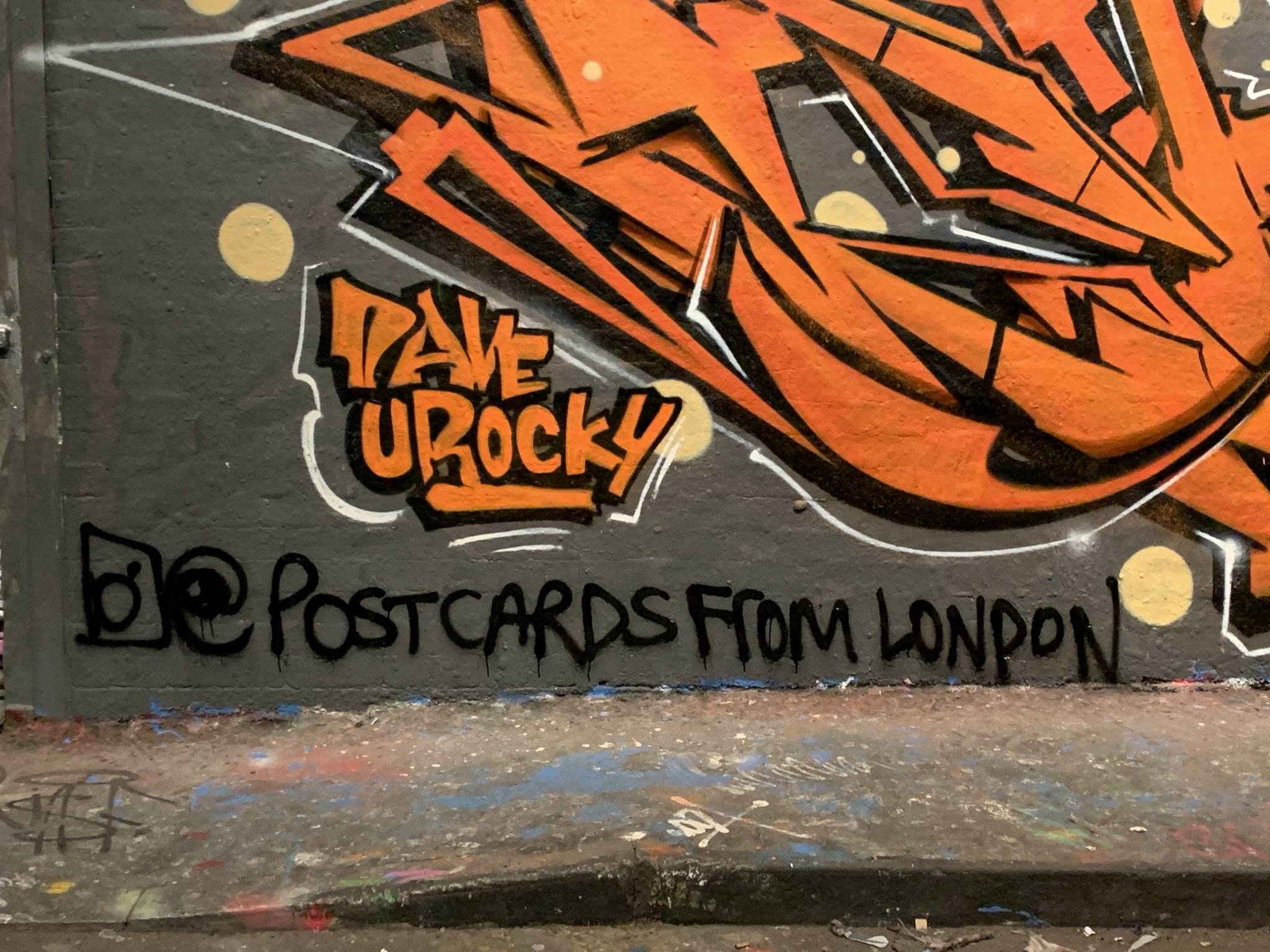The Time I was a London Tourist…. Sort of.
I’ve lived in London since 2016, measured against many that isn’t very long, but I’ve seen a lot in that time.
Wanting to learn as much as I could about my new city, I spent all my free time exploring, touring, and photographing its many landmarks, neighbourhoods and hidden treasures. So when Ollie from Discover Real London said he could show me a side of London I didn’t know, I was sceptical but up for it.
After Ollie and I chatted about the areas I frequent in London, he came up with a South London tour designed to show me hidden spots I might have missed.
I was picked up at a hotel near London Bridge in a classic London Black Cab and whisked away to our first location, St. Dunstan’s in the East (pictured above). St. Dunstan’s, originally built in 1100 with additions in 1391 and repairs in 1631, was bombed during the Blitz in 1941 and severely damaged. Do to a reorganization, the Anglican Church choose not the repair the building. It stayed vacant until 1967 when it was turned into a public garden.
History and Photo Ops
A short drive from St. Dunstan’s is another relic hidden in plain site. Dotted all throughout London are slivers of the old Roman wall, however the slice Ollie showed me is impressive in size and comes with a great photo op of the Tower of London.
In Cooper’s Row, near Tower Hill Station, sits the eastern section of the wall. Built in the late 2nd / early 3rd century, the old Roman wall was built to fortify the City of London and remains as a reminder of London’s long history.
A Walk Along the Thames
A few stops later and we were at one of London’s oldest river front pubs, the Prospect of Whitby. There has been a pub at this location since 1520 and is a favourite local, offering views of the river and access to the banks for muck larking.
History tells us the first pub was popular with smugglers, thieves, pirates, and local criminals. Later it became the local hang out for writes such as Charles Dickens and artists Whistler and Turner.
Around back you can see the famed river noose hanging. Legend says it was placed there in homage to Judge Jefferys, a notorious 17th century judge known for sentencing many river criminals to death.
Too Many To Mention
My tour continued on for several more stops, including an old Soviet built, decommissioned T-34 Tank locally know as “Stompie,” the Cross Bones Graveyard, the historic Southwark Ferryman’s Seat, painted crewing gum on Millennial Bridge, and Borough Market.
One of our last stops was the street art tunnel near Waterloo Station. On any given day you can find street artists, photographers, and tourists wandering this ever-changing gallery. As a fun way to coumarate my day as a tourist, Ollie helped me add my own tag to the wall.
Discover Real London tour and guide Ollie really made me feel like a tourist again. I enjoyed every minute of it. Ollie was so knowledgeable, fun, and just as excited about sharing London with me as you’d hope in a guide. *tour was gifted tin exchange for this review and social media posts.




